5083 Marine Aluminum Channels for Lightweight Marine Vessel Design
5083 Marine Aluminum Channels for Lightweight Marine Vessel Design: A Perfect Fusion of Strength, Durability, and Corrosion Resistance
In the evolving world of marine vessel design, the quest for materials that offer unbeatable strength, corrosion resistance, and lightweight properties intensifies every day. Among the spectrum of aluminum alloys used, 5083 Marine Aluminum Channels is know as a superior choice, offering unique technical advantages specifically tailored for hulls, structural frameworks, and reinforcements of marine applications.
Why 5083 Marine Aluminum Channels?
At the heart of every innovative marine vessel design lies the principle of optimizing weight without compromising structural integrity. 5083 aluminum alloy, often championed for naval architecture, brings this balance flawlessly. Especially when fabricated into channels, these structural shapes simplify assembly processes for frames and bulkheads while boosting resistance against oceanic stresses.
Technical Insights: Composition and Chemical Properties
Unique performance properties of 5083 marine channels can be traced primarily to their carefully engineered chemical composition, characterized by magnesium and trace elements essential for marine-grade aluminum:
| Element | Percentage by Weight (%) |
|---|---|
| Aluminum (Al) | Balance |
| Magnesium (Mg) | 4.0 - 4.9 |
| Manganese (Mn) | 0.4 - 1.0 |
| Chromium (Cr) | 0.05 - 0.25 |
| Iron (Fe) | ≤ 0.4 |
| Silicon (Si) | ≤ 0.4 |
| Copper (Cu) | ≤ 0.1 |
| Zinc (Zn) | ≤ 0.25 |
The presence of 4.0 to 4.9% magnesium enhances tensile strength and marks superior resistance to seawater corrosion - critical for the enduring life of marine vessels.
Implementation Standards and Temper Classification
The manufacturing precision and consistency of 5083 marine aluminum channels is assured by global standards such as ASTM B211/B211M and EN 485-2, ensuring reliable dimensional tolerances and mechanical performance in marine environments. These produce channels with dimensions optimized for both modular and customized builds.
Tempering condition highly impacts the channel’s final expedition characteristics:
- H116 Temper: This temper is the standard for marine applications, offering excellent corrosion resistance post-welding, making it ideal for shipbuilding fabricators focused on long-term structural durability.
- H321 Temper: Sometimes applied for enhanced stability under stress without heat treatment.
Choosing the correct temper ensures the alloy withstands intense cyclic loads, impact from waves, and corrosive saline spray while maintaining lightweight dimensions.
Mechanical Properties Essential for Marine Channel Design
5083 marine aluminum channels balance strength and ductility. Typical engineering values include:
| Property | Value |
|---|---|
| Tensile Strength (MPa) | 290 - 350 |
| Yield Strength (MPa) | 145 |
| Elongation (%) | 12 - 16 |
| Density (g/cm³) | 2.66 |
Given these parameters, naval architects can confidently integrate 5083 aluminum channels into hull structures, decks, or interior frameworks to reduce overall vessel weight—enhancing fuel efficiency and load capacity.
Rather than viewing marine aluminum channels rigidly as static load bearers, modern design considers them dynamic stress managers that adapt to fluctuating conditions. The slight ductility in 5083 allows the channels to absorb vibration and shock, mitigating micro-cracks and extending vessel lifespan in extreme marine conditions—far beyond many other aluminum or steel alternatives.
Advantages in the Building Phase
- Weldability: 5083's excellent weldability with modern processes (TIG, MIG) permits rapid assembly of channels into intricate marine framing systems, with minimal post-weld distortions.
- Light Weight: Significantly lowers vessel mass compared to steel, directly improving performance and reducing operating costs.
- Corrosion Resistance: The natural formation of a protective oxide film supplemented by magnesium content maintains longevity against saltwater damages.
Related Products
5083 marine aluminum flat bar
5083 aluminum flat bars belong to the 5xxx series of aluminum-magnesium alloys, known primarily for their superior resistance to seawater corrosion and salt spray.
View Details6061 marine aluminum round bar
6061 aluminum belongs to the 6xxx series alloys, alloyed primarily with magnesium and silicon. In the T6 temper, it undergoes solution heat treatment and artificial aging, resulting in enhanced mechanical properties while maintaining excellent corrosion resistance.
View DetailsMarine aluminum Z-shaped sections
Marine Aluminum Z-shaped Sections are fabricated from premium marine-grade aluminum alloys such as 5083, 5052, and 6061. These alloys are well-regarded for their superior corrosion resistance in seawater and marine atmospheres, along with good mechanical strength and excellent weldability.
View DetailsMarine aluminum channels
Marine Aluminum Channels are U-shaped aluminum profiles produced from alloys such as 5083, 5052, and 6061, known for their excellent marine corrosion resistance and superior mechanical strength.
View DetailsMarine aluminum I-beams
Marine Aluminum I-Beams feature the traditional “I” cross-sectional profile fabricated from marine-grade aluminum alloys like 5083, 5086, and 6061. These alloys are renowned for their outstanding corrosion resistance, especially in saltwater and marine atmospheres, making them ideal for offshore and naval construction.
View Details6061 T6 marine aluminum flat bar
6061 aluminum is classified as a heat-treatable 6xxx series alloy, alloyed primarily with magnesium and silicon. The T6 temper designation indicates that the flat bar has been solution heat-treated and artificially aged to achieve optimum strength and hardness.
View DetailsRelated Blog
5083 Marine Aluminum I Beams for Seawater Resistant Boat Hull Design
Constructing seawater resistant boat hulls demands not only impeccable design but also the right choice of materials engineered for marine environments. Among available metals.
View Details5083 Marine Aluminum Channels for Offshore Platform Construction
In the demanding world of offshore platform construction, material selection forms the backbone of structural integrity, durability, and performance. With increasing emphasis on lightweight and corrosion-resistant materials.
View Details5083 Marine Aluminum Round Bar for Durable Offshore Vessel Parts
When it comes to constructing durable offshore vessel parts, material choice is paramount. Among various options, 5083 marine aluminum round bar stands out as a highly reliable and versatile solution.
View Details5083 Marine Aluminum Channels for Lightweight Marine Vessel Design
5083 Marine Aluminum Channels for Lightweight Marine Vessel Design: A Perfect Fusion of Strength, Durability, and Corrosion ResistanceIn the evolving world of marine vessel design, the quest for materials that offer unbeatable strength.
View Details5083 Marine Aluminum Round Bar for Custom Coastal Marine Engineering
When it comes to custom coastal marine engineering, material selection is crucial for ensuring durability, strength, and resistance to harsh marine environments.
View Details5083 Marine Aluminum Round Bar for High Strength Offshore Reinforcements
In the demanding world of offshore engineering, materials must withstand severe environmental conditions without compromising structural integrity. One such pivotal material is the 5083 Marine Aluminum Round Bar.
View Details

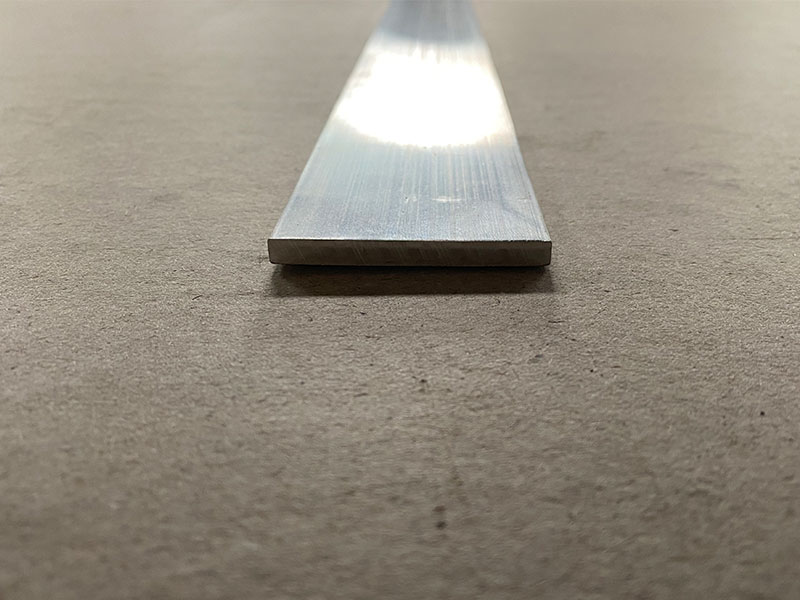
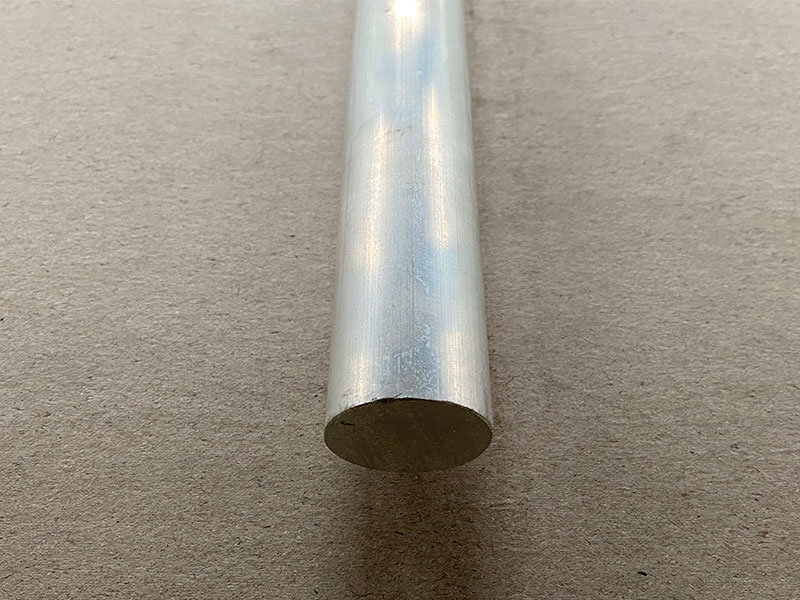
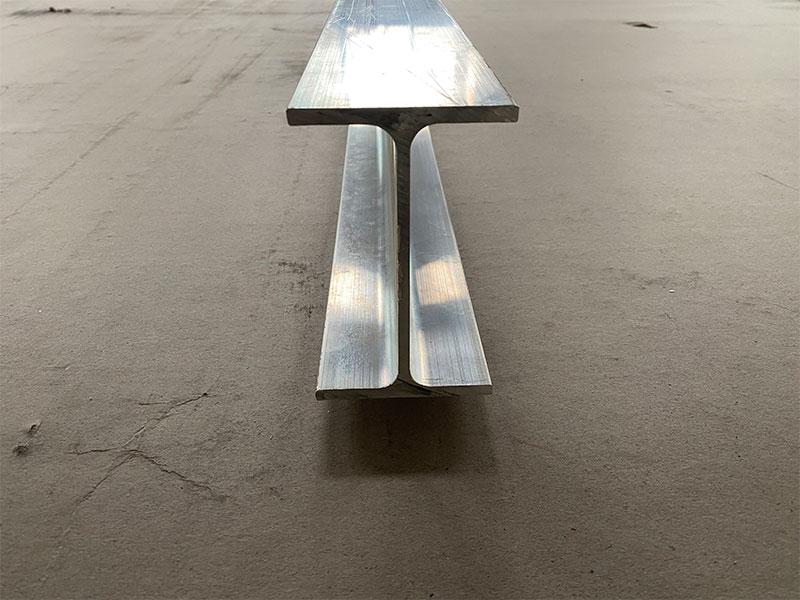
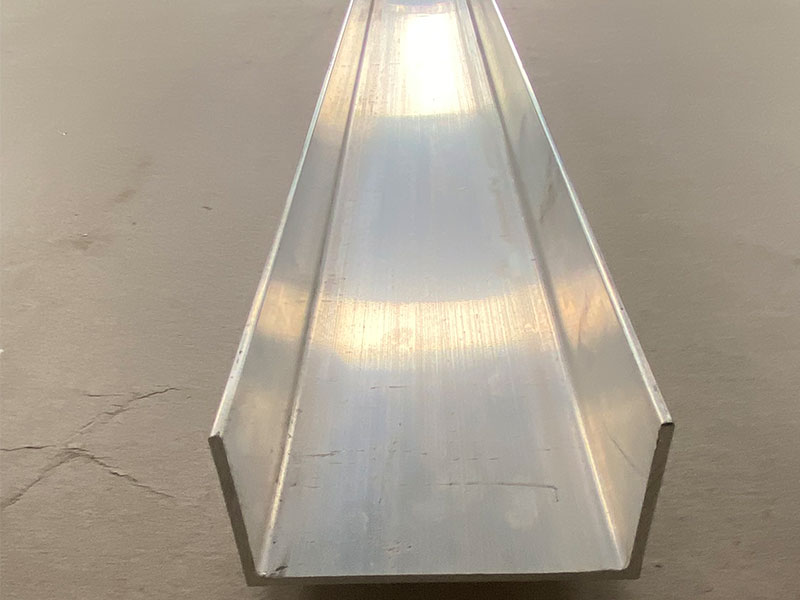
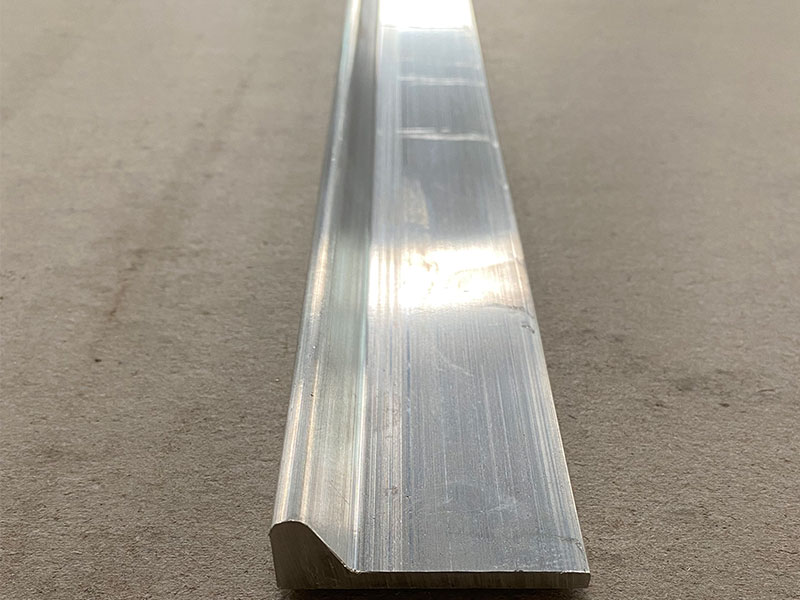








Leave a Message